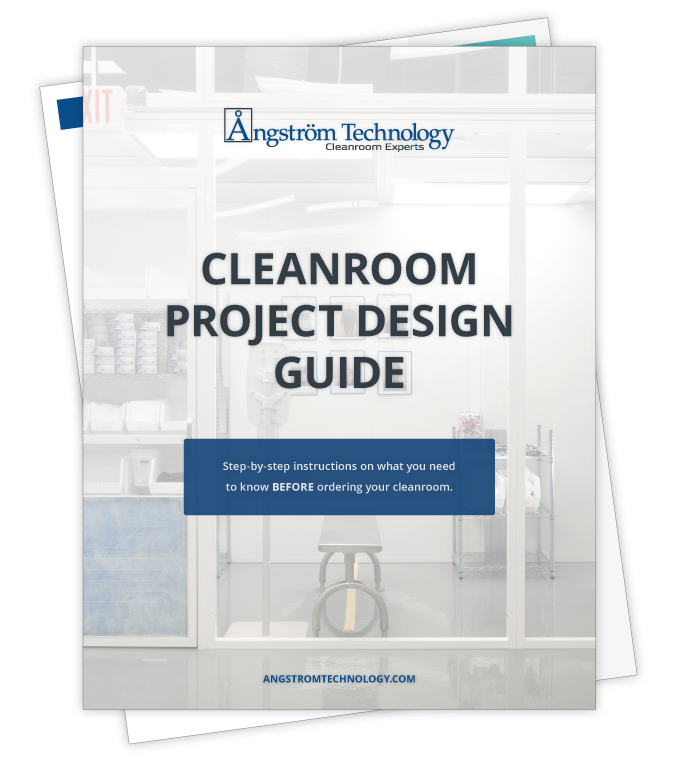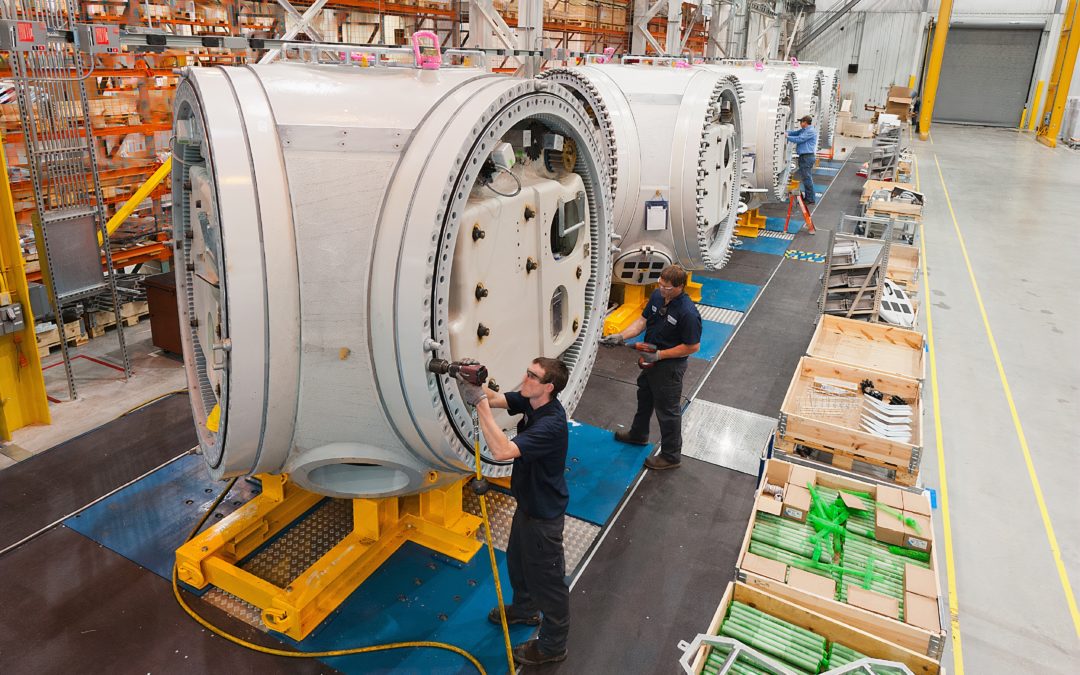
Cleanroom Design Tips: Cleanroom Storage Solutions for Plastics Manufacturing
Any time you can limit traffic in and out of the cleanroom itself, you’re also limiting the potential for contaminants to enter your controlled plastics industry cleanroom — which is what makes cleanroom storage such an important consideration in cleanroom design. Let’s take a look at some of the best cleanroom storage solutions you can use in your plastics manufacturing cleanrooms and how to choose the right cleanroom storage for your application and needs.
Best Cleanroom Storage Solutions for Plastics Manufacturing Cleanrooms
As a vital part of cleanroom design, cleanroom storage can be used to keep just about anything and everything you’ll need during cleanroom operation accessible and safe. This could include supplies, tools and equipment relevant to the work you do, but also can include cleaning materials and solutions.
A few of the best ways to contain and conveniently store everything you need in your plastics industry cleanroom include cleanroom cabinets, shelves, and other cleanroom furniture with storage.
Cleanroom Cabinets
Cabinetry is a great way to keep materials and supplies out of sight and out of your way. They can be effectively built into your cleanroom under countertops or mounted to the ceiling to make use of vertical space.
Cleanroom cabinets can be made from a variety of materials including stainless steel, epoxy, acrylic, polyurethane, and laminate. The right material for you will depend on your cleanroom classification — particularly if the cleanroom storage needs to be resistant to the chemicals you use for cleaning or sterilization.
Cleanroom Shelves
Open wire shelving is a great option for plastics industry cleanrooms that don’t use corrosive agents in operation or for cleaning. Either chrome-plated wire or polymer shelving are both effective and strong materials that are about a third the cost of stainless steel.
Another advantage of wire shelving is, if your cleanroom uses a vertical airflow pattern, it allows the air to move freely, limiting the potential collection of contaminants.
Cleanroom Furniture
Cleanroom tables with built-in storage as drawers or shelves can be another great option for organization in your cleanroom. When choosing cleanroom tables, consider the right size and height that will give your employees the most comfort, or opt for an adjustable-height table or workstation to allow for more flexibility.
Surfaces can also be used to store smaller cabinets or containers for supplies you use regularly, though must be thoroughly cleaned around and under to minimize any risk of contamination.
How to Choose Cleanroom Storage
Cleanroom storage like cleanroom cabinets and shelves, as well as other cleanroom furniture used in a controlled environment must be compatible with cleanroom use and limit any collection of contaminants
When choosing cleanroom storage, consider your cleanroom’s airflow pattern to avoid obstructing your HVAC and filtration system. Your cleanroom storage should also be able to withstand the materials you use for cleaning without corroding or shedding particles.
Also, consider the conditions of your work. If your cleanroom operations or staff are endangered by static electricity, avoid conductive materials unless you have a method to ground potential charges.
Interested in creative storage solutions for your cleanroom? Let Angstrom Technology help. Our professional cleanroom designers can help build storage into your cleanroom design in a way that is effective, safe, and contaminant-free. Reach out to us online or give us a call to get started.
Get Instant Access to Our Cleanroom Design Guide
The Most Comprehensive Guide for Cleanrooms and Modular Offices





